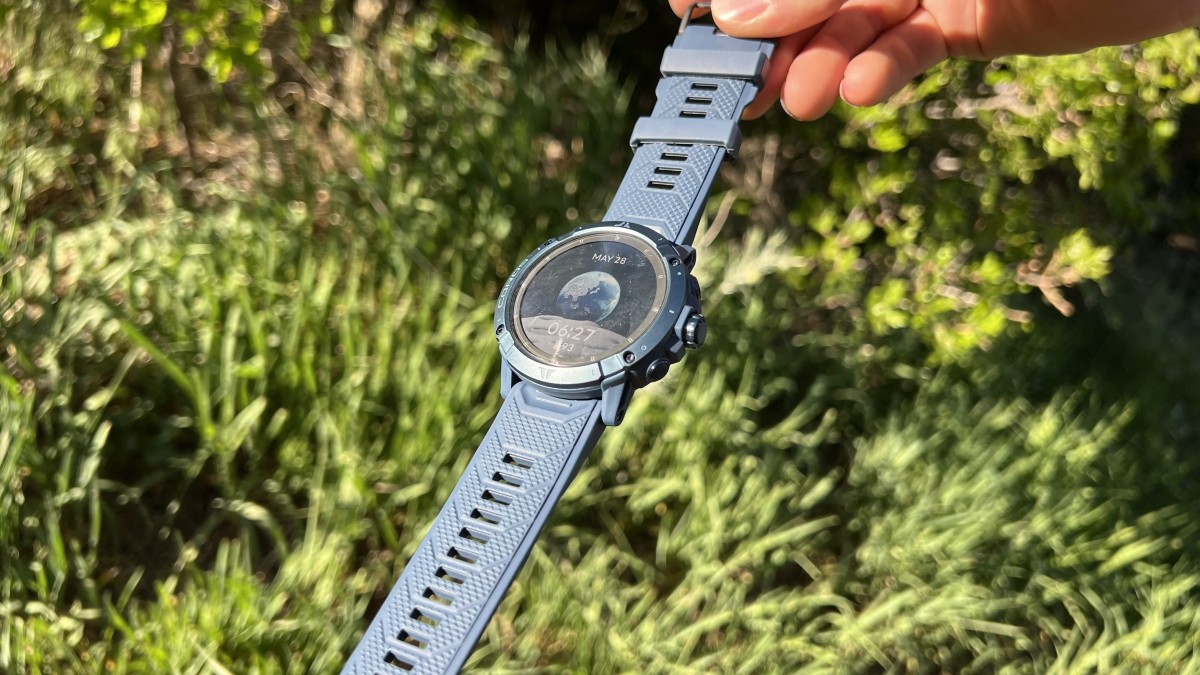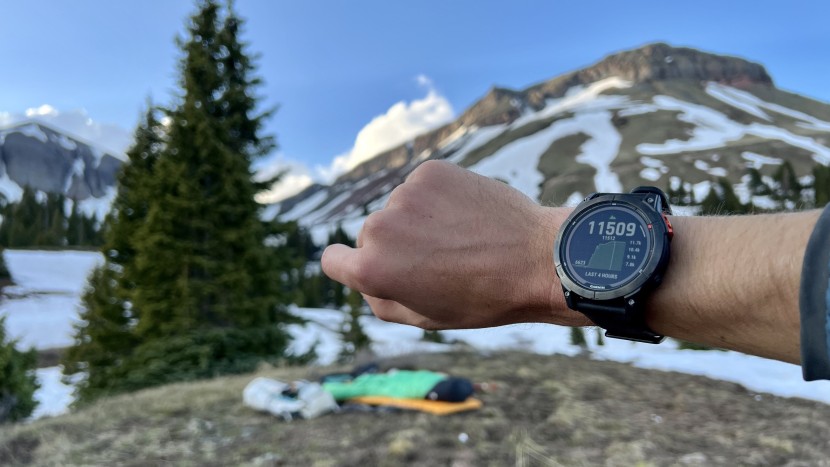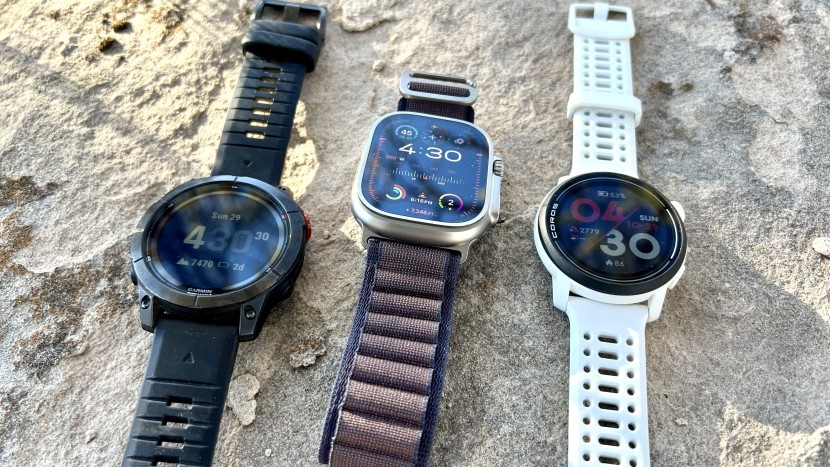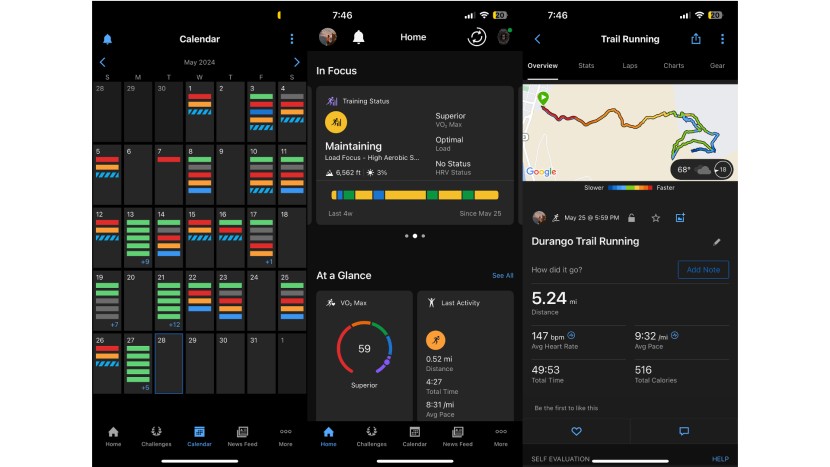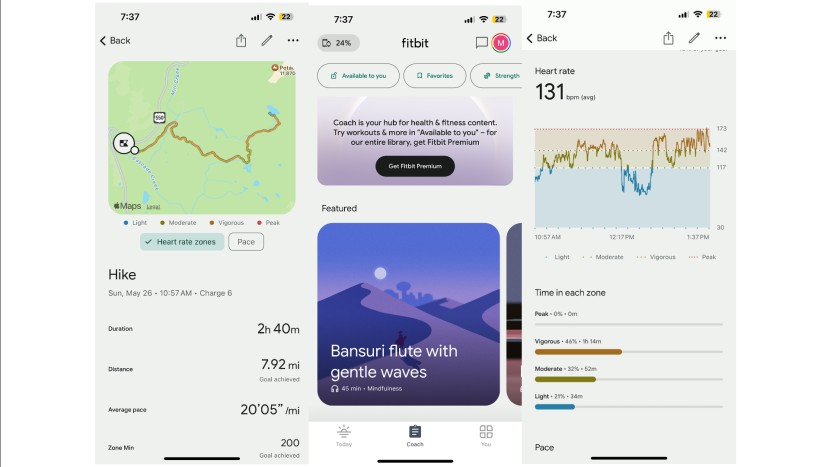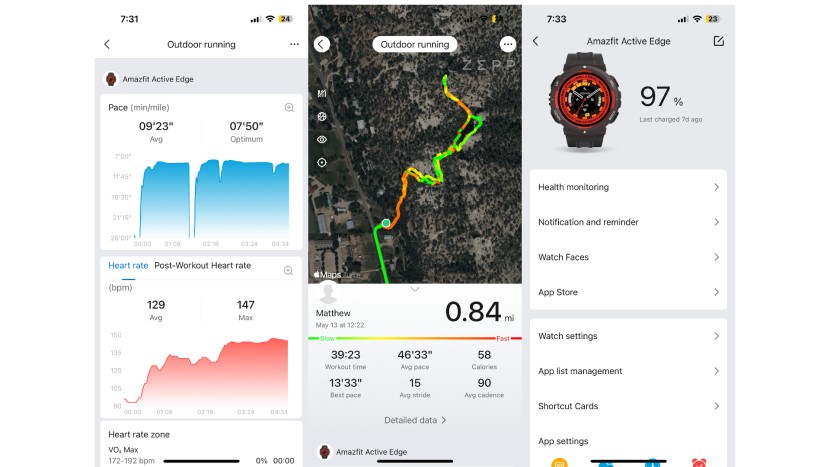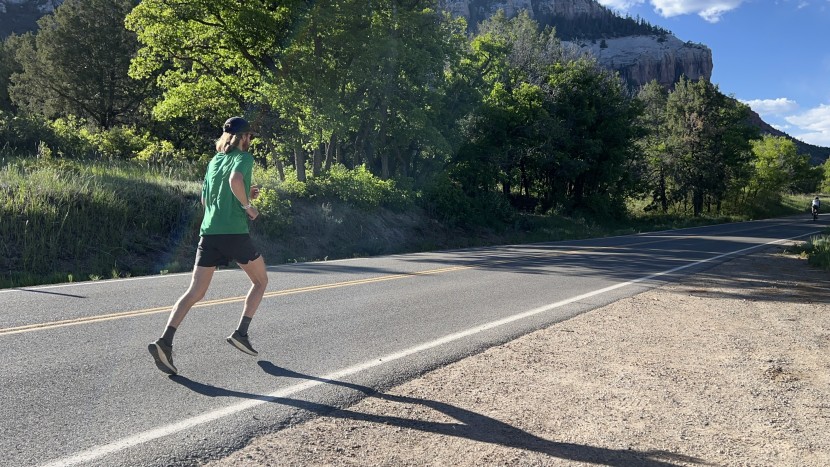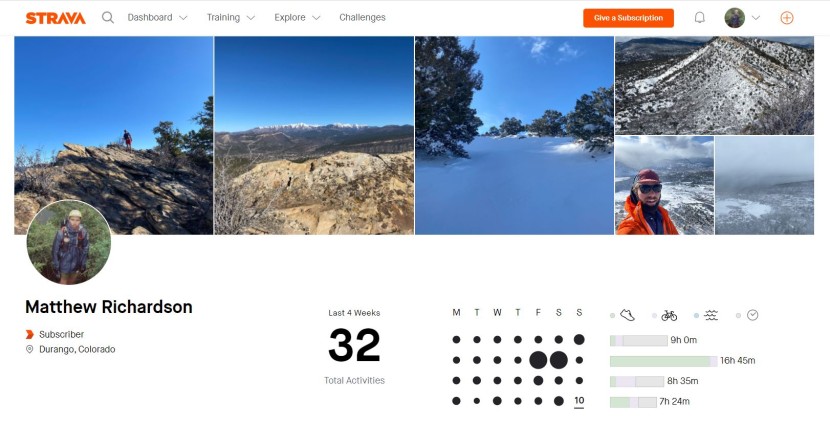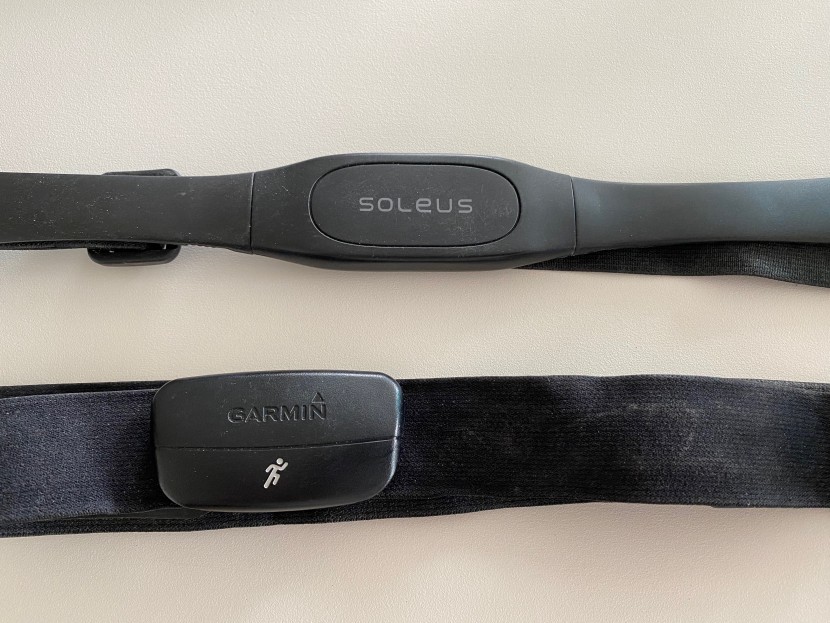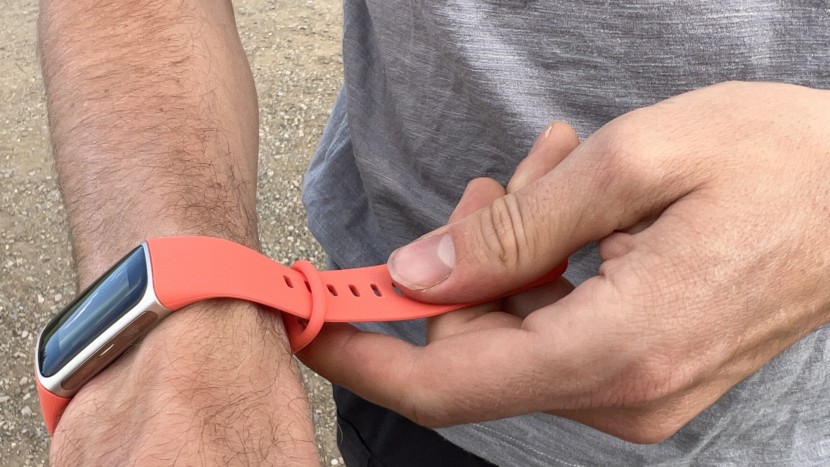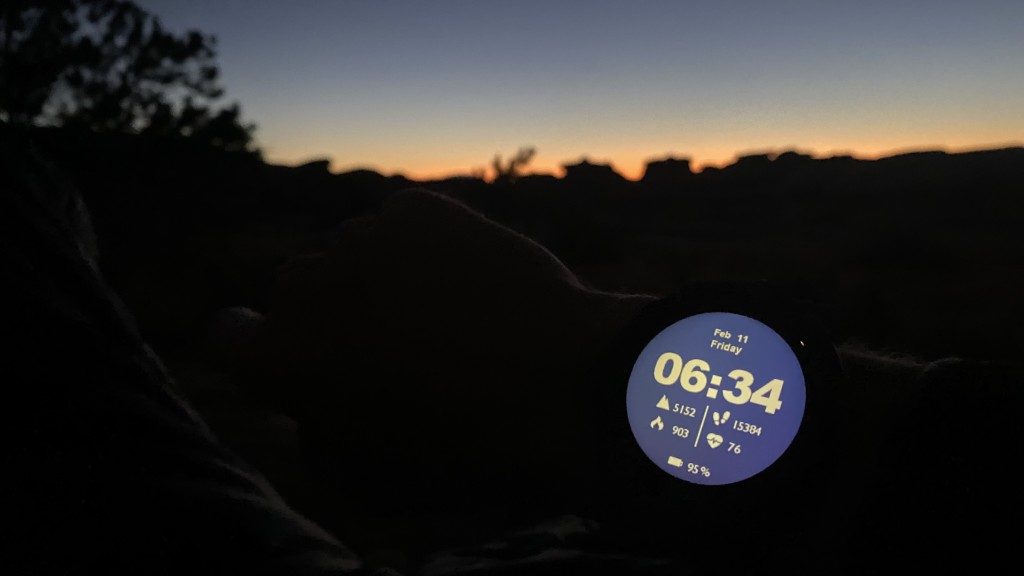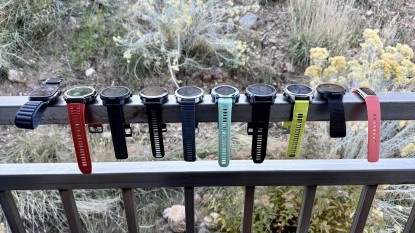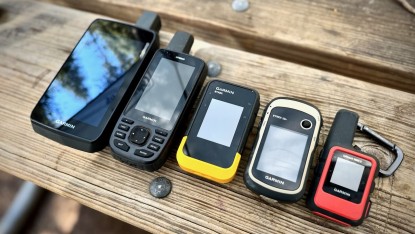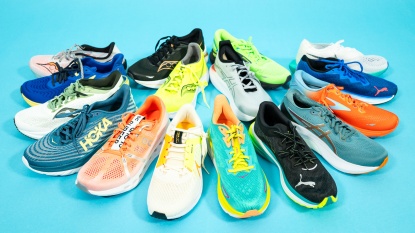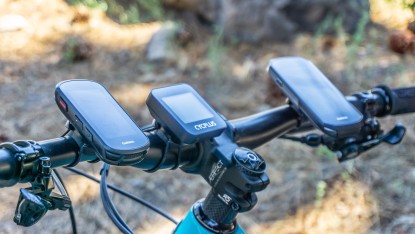The market for GPS watches continues to grow and gain in popularity with new people coming to the outdoor space. So, which GPS watch is best for you? We've constructed this guide to offer you a look at the ins and outs of the various designs and features found in today's offerings. Take careful consideration of your needs and budget, as this will greatly influence your decisions.
As technology has increased over the years, so has price. We've tested a variety of GPS watches with you in mind, and our testers hope to convey what product is best for you. When searching for a GPS watch, keep your use case in mind, what's most important to you, and how your budget influences what tools and features you need most. For example, maybe you don't need the latest and greatest, and those extra battery life hours will never be used anyway — so save yourself the money.
How to Choose a GPS Watch
The first thing to consider is what you'll be doing with your GPS watch, what kind of features you need, and what you're willing to spend. Most likely, you are here because you already know you want a timepiece with GPS capabilities. There are many options out there that range from simple to complex, with the price going up as the features get better. So, what are you in need of?
Features
Before diving into all the features, set a price and consider what options are best for your needs. Most GPS watches integrate a smartphone app to give you the best user experience. While the feature field is blowing up with options, there are simpler constructs that omit extraneous options that you probably don't need. In fact, most recreational athletes who might be training for an ultra run or their first 5K don't really need more than a simple GPS.
Simple Construction
GPS information will be used to track your position for training purposes only if you want to stay basic. The device collects this information and displays speed, distance, and other data you can view in real-time on the watch and analyze further after your activity in the software platform that accompanies the watch. If your pursuits are always on trails or roads, this sort of device is more than adequate. They will have just the basics, namely GPS location, speed, distance, time, probably an optical heart rate monitor, a step counter, alarm, and stopwatch. It might also incorporate a simple map with a breadcrumb trail. Most of the watches in this review come complete with all the basics and actually have graduated to the next level with smartphone notifications.
Featured Smartwatch Trainers with App Integration
Over the years, most of the GPS watches we've continued to test are now smartwatches with basic fitness tracking capabilities. Not only do they track sports activity, but they track steps, sleep quality, and heart rate, and some have started to include a blood oxygen saturation monitor as well. They come armed with smart notifications, and as the app industry continues to develop, are being developed in conjunction with Google and other platforms to offer other exotic features like music storage, wireless payment, and more. Many of the Garmin watches have all these features, in addition to the ability to download workouts and take advice from virtual coaches.
Navigational Features
We find the most useful features in a GPS watch to be breadcrumb mapping and a dedicated ABC (Altimeter, Barometer, and Compass). Because most of our training and testing takes place in the mountains or in technical terrain, these features can be essential when bushwhacking down the side of the mountain with a minimal line of sight. If you think you will venture off the beaten track, we highly recommend a watch with these features. And while navigation apps like Gaia or TrailForks are helpful, you can't beat the accessibility of an on-wrist compass guiding your path.
Some high-end contenders offer turn-by-turn navigation with onboard maps that contain layers, points of interest, and more. These same watches will allow you to upload a course from the app to follow on your watch with beeps signaling turns. If you're caught in a heavy fog, sight n' go might be a helpful feature. Here, you point your watch at a given point, and your watch will guide you to that point. For backcountry users, most will find navigation via your smartphone easier than a small watch screen. But for minimal decisions like which way to go on a bike trail, a quick glance at these maps can be easier than pulling out your phone and looking at an app like Gaia.
Data Collection and App Platforms
All of the GPS watches we tested in this review integrate with some kind of app that will take your data and store it in their database. Here, you can typically check out your logbooks, explore data, and share your activities with friends. Some databases are more robust than others, so this should be a consideration when choosing a brand you like.
Garmin is known as one of the best GPS watchmakers in the world, not only because they have top-notch products but because they have the most robust online platform we've seen. The platform uses Garmin Connect to store your information, but you can take that data and use it across many different platforms. Garmin also has its own app store, with included integrations from various third parties. You can become a part of Garmin's ecosystem and enter challenges, upload workouts, add new apps, and add new features as you wish. You can give kudos to others and compete within friend groups for motivational support. If this is the type of user experience you seek, we recommend Garmin.
Other platforms used by Suunto, Coros, and Polar are simpler apps that also offer you the ability to easily share and extract data to use it as you wish. However, they don't come with a dedicated app store with access to hundreds of apps. Suunto, for example, has third-party integrations on their system, but Coros has yet to get there. That said, for these systems, you can easily have all your data sync to other platforms like Apple Health, Strava, Training Peaks, or whichever ecosystem you might choose to be a part of. On that note…
Social Networks
Maybe you don't already have brand or platform loyalty, but you might have friends who do. If you have a fitness community that inspires and motivates your activity, linking your digital record books can provide further inspiration. Strava and TrainingPeaks have a robust user base and collect information from all platforms. Most of the manufacturers in this review have apps that will seamlessly integrate with these platforms. But in this rapidly evolving industry, we recommend that you make sure your particular watch choice will integrate with your chosen sports social media and/or training platform if that's important to you. Ask around among your friends and training partners. Perhaps one social media platform is more widely used in your circles, and that could, in turn, inform your choice of training devices. That said, most of the platforms integrate easily as they are quite popular in the fitness community.
Accessories
Many users will be content with the instrumentation inside their GPS watch. However, there are certain categories of information that can only be gathered with an additional accessory that links to your watch through Bluetooth. For example, many of the onboard optical heart rate sensors aren't very accurate because they lack the fit needed to get a good reading. As a result, many folks like to wear a heart monitor strap to get a precise heart rate measurement.
There are many other accessories that you can buy, such as cadence and speed sensors for biking, running dynamics pods, and heart rate monitors. These are just a few categories among the many options. All these sensors link via a Bluetooth or ANT+ connection. Before buying a product, check to see what platforms your watch supports — not all work with both Bluetooth and ANT+ connections.
Battery Life and Distance Goals
As popularity increases for endurance sports, so has the need for ample battery storage for these devices. Humans are constantly pushing the boundaries of physical and endurance challenges, and now, multi-day staged endurance runs are becoming popular. Distances of 100+ miles (we've seen 250-mile running events) are being added to the roster of challenges, and we know the demand for battery life during these events is large. If you're searching for a watch for ultra distances, be sure to check the battery life specs. Think about the maximum time you will be tasked with performing without a charge, and maybe you can get away with bringing a power brick and USB cable that will allow you to recharge on the go.
Several variables contribute to wearing down battery life. This includes using features that are battery life hogs (i.e., map processing, listening to music, smart notifications, buzzers for miles, etc.) and travel where the GPS signal is low (poor view of the sky). For example, if satellites are having difficulty communicating with the receiver, more power is used. So, in areas of heavier overgrowth or canyons, expect the battery to run out faster.
Many watches will offer battery-saving modes like UltraTrac or Endurance Mode. These modes aren't recommended as they turn off watch features, capture less data, and take fewer GPS points. This means a sacrifice that can cause inaccuracy. Isn't the point of a GPS watch to get an accurate representation of what you're doing? That said, we recommend looking at the specs for regular GPS battery lifetimes, as this is the setting you'll want to run your device in during your events.
When considering battery life, think of the longest distance you'd like to go and the time you think it'll take. Then add 5-6 hours. Finally, look at what's out there. If you plan on just doing 5K runs, you won't need more than one hour of GPS. However, if you're planning a 100-mile race, 30+ hours would be ideal (depending on your speed and the course). For marathon or 50K running distances, a watch with 8 to 12 hours of GPS is ideal to ensure you don't need to always be charging between training sessions and to give yourself a battery life buffer (especially if you plan on using music features).
Charging Devices On The Go
It's only recently that GPS watches have breached the 30+ hour GPS mark in regular smartwatch mode with most features turned on. However, if you simply can't afford to throw down on an ultra-expensive watch with loads of battery life, the next best thing is to carry a small charger with you on longer missions.
All the devices we tested can charge while still tracking activities. The hard part is that you have to take the watch off your wrist and put it into a pocket while charging. While this allows you to still capture your GPS data, heart rate, and other data points can't be captured while this is occurring. As the watch market evolves, we hope that major companies consider this and develop a watch that has a charger on the side so you can do both. Some of the earlier GPS models had this functionality, but the chargers have mostly been moved to the back of the watch. None of the watches in our current review can charge without being taken off. If you happen to find one with this design, we would likely recommend it.
Design
Now that you've thought about the features, apps, software platforms, battery life, and uses, consider the design. For many, the weight and size can make or break buying a product. Many products also come in a range of sizes. However, the size does affect battery life and other features, so be sure to double-check the specs if you happen to go for a smaller versus a bigger watch face option. Larger watch faces are easier to see, but they are heavier and tend to get stuck on clothing if they're not thin enough.
Consider the materials of the watch face and look for high-quality options like Gorilla Glass and Sapphire Glass, which are more scratch-resistant. The display is also an important consideration. Those that aren't crisp or have poor backlighting are difficult to see in both high and low-light conditions. If you get a touchscreen, make sure it works in cold and rainy weather. Also, be sure the font and text are large enough for your eyes to see at a glance so you don't spend time staring at your watch when your eyes should be on the trail.
Conclusion
The GPS watch world is evolving quickly. Nowadays, software and GPS watch integrations are becoming crisscrossed to create a mind-blowing number of features and capabilities that we would never have thought possible a decade ago. In the search for your perfect match, don't forget to keep your eye on the ball. Establish a budget, highlight the features you want or need, then consider battery life and design. It's easy to get wrapped up in extras that you may not use. Enjoy the process, and we look forward to seeing you on the trail!

